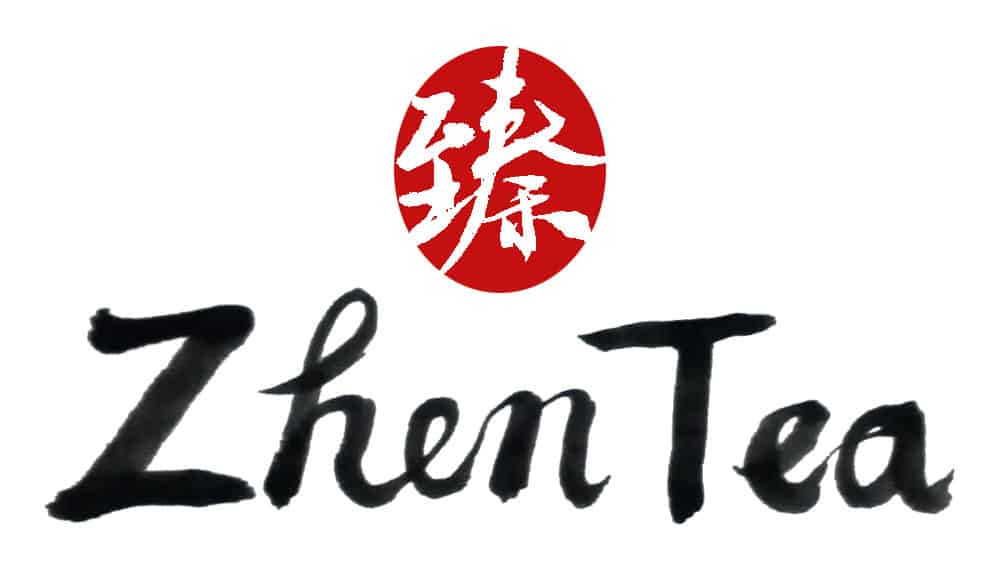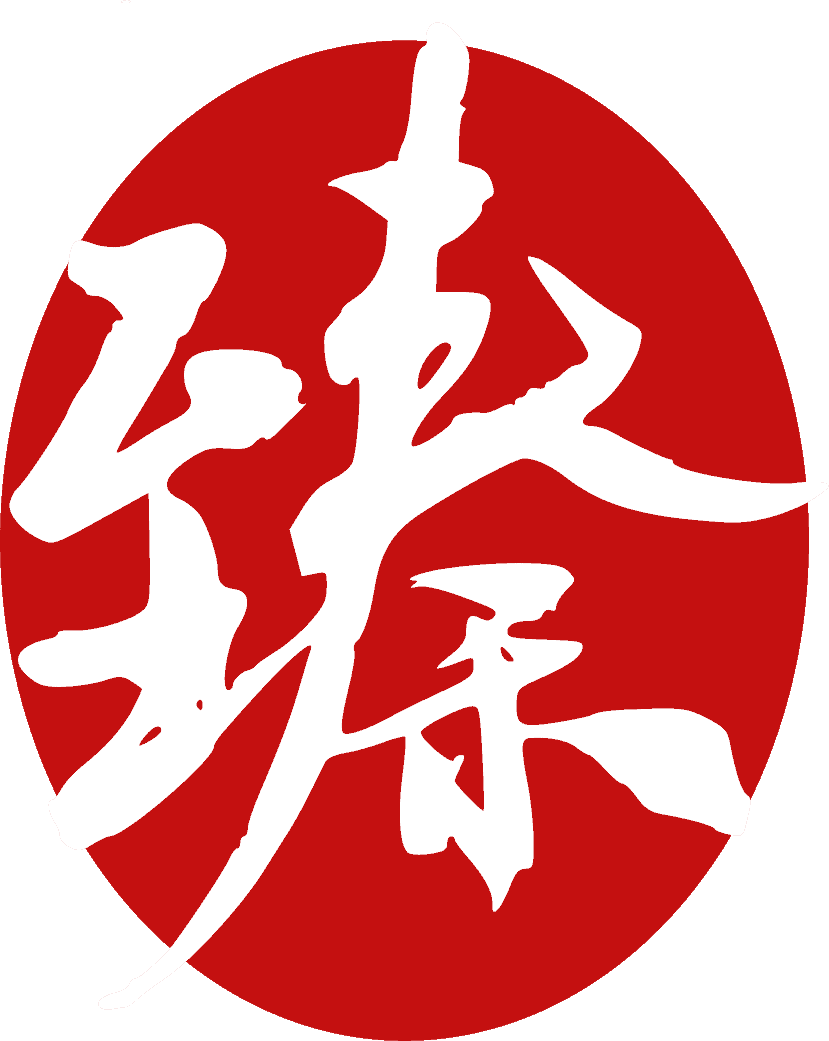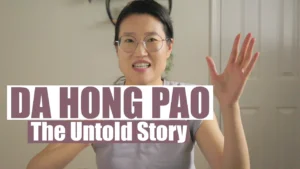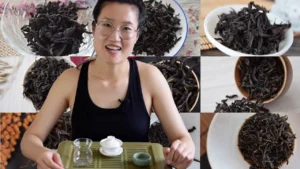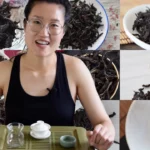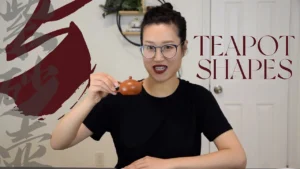Hekai, located in the Bulang Mountains, is one of the biggest ancient tea gardens planted by humans. Almost one third of the Hekai area is covered by tea trees between 200 and 400 years old.
As pu’er became a hot topic for tea lovers all over the globe, pu’er made from ancient tea trees became more highly sought out. This lead to an inundation of buzz words surrounding pu’er such as old tree, ancient tree, big leaf, etc. But do we really understand the meaning of these concepts? Does big leaf pu’er imply old tree? How old does a tree have to be to be called “old tree”? Similarly, how ancient is “ancient tree” pu’er?
Let’s “Protect” the Ancient Tea Tree
The “oldest” tree in Hekai area has been “protected” with the fence. I quoted the word oldest because it’s considered the oldest, we cannot be sure because the only way to know the age of a tree accurately is to cut the tree trunk and count the rings. Obviously, not an option here. To estimate the age, they use data gathered from trees that have already died. Those trees are cut and their age is determined and the trunk diameters are compared to those of living trees to form an estimate. So when we talk about very ancient tea trees, to the order of 2700 to 3200 years old, we cannot be accurate because there is not much trunk diameter information available for this vintage of tree. In the Hekai area, the “oldest” tea tree is a relatively large one, and there are a fair number of tea trees that are a similar trunk size, so it’s anyone’s guess which one is really the oldest.
I also quoted “protected”. Protected in the sense that a fence has been built around the tree to protected it from tourists. It a nice idea. But it’s not uncommon to hear of these “protected” ancient trees becoming weak and dying, like the 800 year old tea tree in Nannuo Shan (mountain) or the 500-600 year old Songzhong (ancient tea tree of Feng Huang Dan Cong) in Wudong Shan. The big ‘improvement’ in how to protect the tree here in Menghai is that the concrete fence was replaced by a wooden fence. A lion in the zoo is not the same as one in the wild. It’s the same with ancient tea trees, or any tea tress. Perhaps the whole area needs to be blocked off to really protect the ancient trees, so they can have an environment in which to prosper. But these trees, like the animals in the zoo – they are alive but they do not live.
A Disappointing Ancient Tea Garden
There’s no doubt that it’s thrilling to see so many century old tea trees concentrated in one area. But I still feel this Hekai tea garden is most disappointed one I’ve seen so far.
This is the first time that I visited Yunnan province. I had high expectations for the tea region in Yunan after hearing so much about the experience from others and seeing so many pictures from those who have been there. Personally, as a city girl, i was a little scared about the tea trees hidden in the forest and spectacularly primitive living condition of the locals, but I was also look forward to. But what I witnessed was quite disappointing. The cult of pu’er has affected the region greatly. There are no more old style bamboo houses with animals living on the ground level and people living on the second floor. Some parts of the mountain are getting ready to plant more tea bushes. The pictures of Hekai I saw before gave me the impression of forest, but given the number of leaves I saw, or didn’t see, in Hekai this time, it really cannot be called a forest. No wonder the pu’er nowadays, even from those famous places, cannot compare with the taste that we had years ago.
